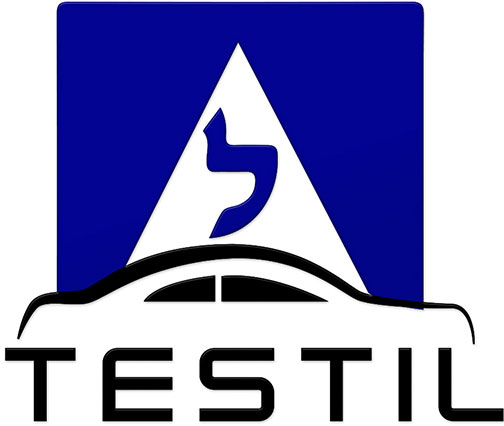Question:1
How are you required to conduct yourself according to the following road signs?

Category : Safety
Question:2
What might be the effect of sand scattered on the road?
Category : Safety
Question:3
Is there a connection between the driver’s judgment and the use of drugs and alcohol?
Category : Safety
Question:4
What considerations are taken into account in choosing a motorcycle helmet?
Category : Safety
Question:5
Being familiar with the different systems in the driver’s compartment whilst driving:
Category : Safety
Question:6
How are you required to conduct yourself according to the following picture?
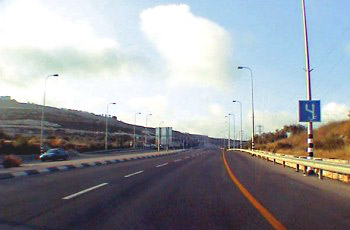
Category : Safety
Question:7
How would you handle the following situation?
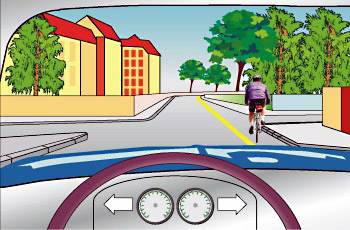
Category : Safety
Question:8
What are the risks of driving in high speeds?
Category : Safety
Question:9
What characterizes the following road?

Category : Safety
Question:10
When spending time in a club (pub):
Category : Safety
Question:11
What is the connection between the leaning angle and the turning of a motorcycle and the motorcycle’s headlight?
Category : Safety
Question:12
In order to avoid hitting a vehicle that makes a sudden stop in front of you:
Category : Safety
Question:13
What effect does driving whilst keeping proper distance from the vehicle in front has on the vehicle’s fuel consumption and wear?
Category : Safety
Question:14
In your opinion, is the white vehicle within the curve positioned correctly?
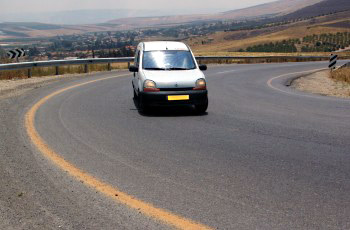
Category : Safety
Question:15
What conduct can be expected from the vehicles in the following picture?
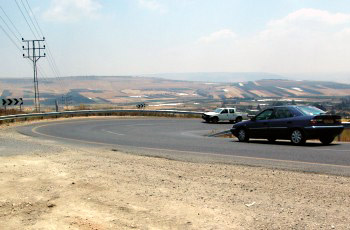
Category : Safety
Question:16
How can you improve your vision when driving a motorcycle in the rain?
Category : Safety
Question:17
Driving down a long steep hill on a n Inter-urban road
Category : Safety
Question:18
How does the helmet’s visor affect driving in the dark?
Category : Safety
Question:19
Does a-can of beer have a lesser effect on a driver compared to a whisky shot?
Category : Safety
Question:20
What effect does a curve or a turn have on the motorcycle’s ability to brake?
Category : Safety
Question:21
What is the most important principle when turning right in an intersection?
Category : Safety
Question:22
What is the advantage of driving at a low speed during dangerous situations?
Category : Safety
Question:23
What risks are caused when you deviate abruptly between lanes?
Category : Safety
Question:24
When you are driving behind another vehicle:
Category : Safety
Question:25
Whilst driving on a rough road, you should:
Category : Safety
Question:26
What risk is a driver facing while making a right turn?
Category : Safety
Question:27
Assuming that the vehicles in the following picture are functioning properly – Which traffic offence was committed according to the picture?
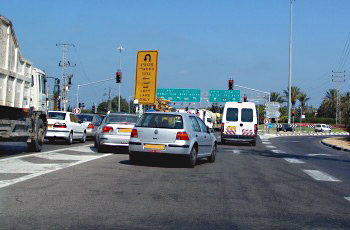
Category : Safety
Question:28
Where on the motorcycle is it recommended to place luggage, so that its impact on the motorcycle’s stability is minimal?
Category : Safety
Question:29
When is there a danger of vehicle skidding?
Category : Safety
Question:30
What is a driver always required to do when another vehicle “sits on his tail”?
Category : Safety
